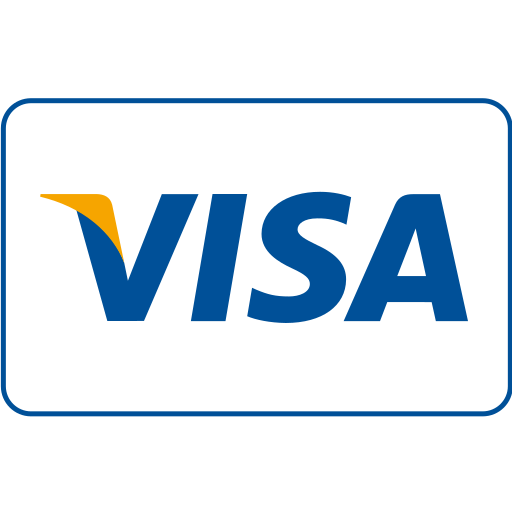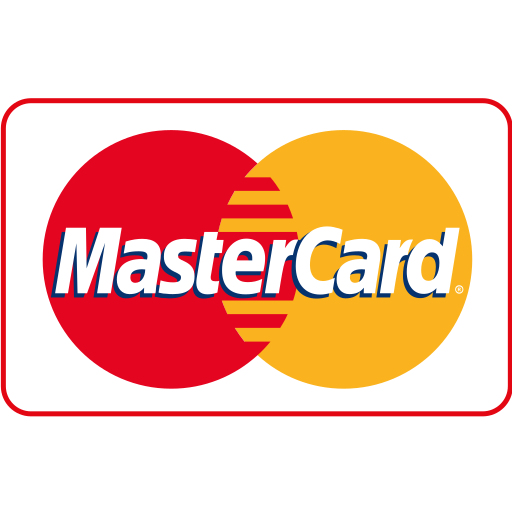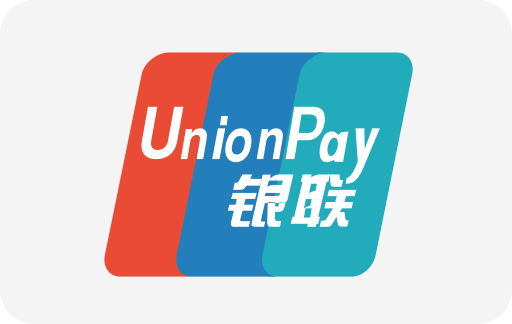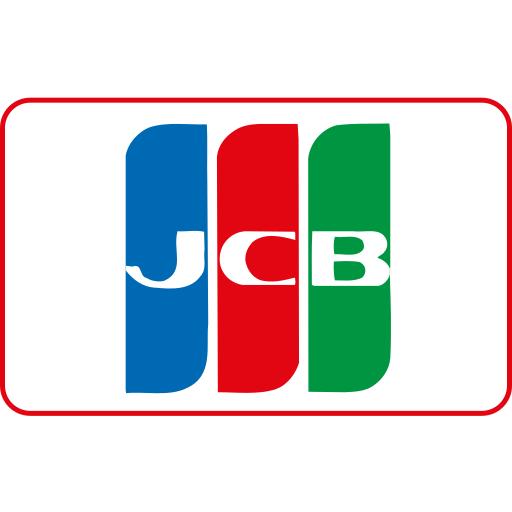
Introduction
In today’s digital landscape, websites play a vital role in every business, blog, and organization. Whether you're launching an e-commerce store, publishing a personal portfolio, or creating an educational platform, having your website found by search engines like Google is crucial. One powerful yet often overlooked tool that helps achieve this visibility is the sitemap.
This guide breaks down everything you need to know about sitemaps in 2025—from what they are and why they matter, to how to create and submit one. We’ll also touch on sitemap practices relevant to businesses in Singapore and consider pricing (in SGD) for sitemap-related tools and services.
What is a Sitemap?
A sitemap is a file that provides information about the pages, videos, and other files on your site, and the relationships between them. Search engines like Google and Bing read this file to crawl your site more efficiently. Essentially, it acts like a roadmap that tells search engines what content is available and how to find it.
Sitemaps can be created in various formats, but XML (eXtensible Markup Language) is the most common type used for SEO purposes. However, there are also HTML sitemaps for human visitors and specialized sitemaps for images, videos, and news content.
Why Sitemaps Are Important
1. Improve Search Engine Crawling
Search engines use bots (also called spiders or crawlers) to explore websites. A sitemap ensures these bots don't miss any important pages, especially those that may not be easily discoverable through internal linking.
2. Enhance Indexing Efficiency
Submitting a sitemap can speed up the indexing process for new websites or freshly published pages. Without a sitemap, it may take days or even weeks for search engines to discover new content.
3. Help with Website Updates
If you make frequent changes to your site—such as adding new products, blog posts, or service pages—a sitemap notifies search engines about the changes promptly.
4. Highlight Media and Rich Content
Sitemaps can include metadata about specific types of content such as images, videos, or news articles. This is particularly useful for media-heavy websites.
5. Improve SEO Performance
While a sitemap alone doesn’t guarantee higher rankings, it helps search engines understand your site structure better, which can indirectly boost your SEO.
Types of Sitemaps
1. XML Sitemap
This is the most common and is primarily for search engines. It lists all URLs on a site along with metadata such as the last updated date, change frequency, and priority.
Example:
<url>
<loc>https://example.com/page1</loc>
<lastmod>2025-05-01</lastmod>
<changefreq>weekly</changefreq>
<priority>0.8</priority>
</url>
2. HTML Sitemap
This is designed for human visitors and helps them navigate a large or complex website.
3. Image Sitemap
Used to help search engines discover images on your site.
4. Video Sitemap
Highlights video content so it can appear in video search results.
5. News Sitemap
For websites that publish news content, enabling quick indexing by Google News.
Who Needs a Sitemap?
While not mandatory for all sites, a sitemap is particularly beneficial for:
- Large websites with hundreds or thousands of pages.
- Websites with poor internal linking structures.
- New websites with few backlinks.
- E-commerce stores with dynamic content (e.g., product pages).
- Media-rich websites with lots of videos or images.
- Websites in non-English languages or local markets like Singapore.
Sitemap and SEO: What's the Connection?
Although having a sitemap doesn't directly improve your search engine rankings, it does support your SEO efforts in the following ways:
- Faster Indexing: New content gets discovered and indexed quicker.
- Error Detection: Tools like Google Search Console notify you of crawl errors.
- Better Site Architecture: Forces you to think about your site’s structure, which benefits both users and search engines.
How to Create a Sitemap
1. Using a CMS Plugin
Most content management systems (CMS) offer built-in options or plugins to generate sitemaps.
- WordPress: Use plugins like Yoast SEO or Rank Math.
- Shopify: Automatically generates a sitemap at https://yourstore.com/sitemap.xml.
- Wix and Squarespace: Auto-generate and submit sitemaps to search engines.
2. Online Sitemap Generators
Tools like:
- XML-sitemaps.com (free and paid versions)
- Screaming Frog SEO Spider
- Ahrefs or SEMrush (offer sitemap-related features)
3. Manual Creation
For advanced users, you can create a sitemap using a text editor and save it in XML format.
Where to Place and Submit Your Sitemap
1. Upload to Root Directory
Your sitemap should be available at:https://yourwebsite.com/sitemap.xml
2. Submit to Google
Use Google Search Console:
- Go to your site dashboard.
- Navigate to “Sitemaps.”
- Enter the sitemap URL and click "Submit."
3. Submit to Bing
Via Bing Webmaster Tools, the process is similar.
4. Robots.txt File
Add the sitemap path to your robots.txt file:
Sitemap: https://yourwebsite.com/sitemap.xml
Common Sitemap Errors and How to Fix Them
| Error | Cause | Solution |
|---|---|---|
| 404 Error | Sitemap not uploaded correctly | Ensure correct file path and upload location |
| Too Large | Over 50MB or 50,000 URLs | Split into multiple sitemaps and create a sitemap index file |
| Blocked by Robots.txt | URLs disallowed | Update robots.txt to allow indexing |
| Incorrect Format | Invalid XML | Validate using tools like XML Validator or Google Search Console |
Best Practices for Sitemap Optimization
- Include Only Canonical URLs: Avoid duplicates.
- Keep It Updated: Automate sitemap generation where possible.
- Use Sitemap Index Files: For very large sites.
- Limit the Number of URLs per Sitemap: 50,000 max or 50MB uncompressed.
- Prioritize Important Pages: Use <priority> tags appropriately.
- Don’t Include Noindex Pages: Only include indexable pages.
- Submit All Sitemaps to Search Engines: Use Search Console and Webmaster Tools.
- Compress the File: Use .gz to reduce server load.
Sitemap Use Cases in Singapore
Businesses and website owners in Singapore can benefit greatly from using sitemaps, particularly due to the region's competitive online market and high internet penetration rate.
Example Use Cases:
- E-commerce in Singapore: A local clothing brand using Shopify can ensure fast indexing of new product listings.
- Educational Websites: Schools and universities can keep their course pages and schedules easily discoverable.
- Travel Agencies: With many dynamic pages for tour packages, a sitemap helps Google index everything efficiently.
- B2B Service Providers: Local SEO optimization supported by a sitemap helps generate leads from within Singapore.
Costs and Tools (in SGD)
Here's a rough breakdown of sitemap-related tool pricing in Singapore dollars:
| Tool/Service | Price (Approx.) | Notes |
|---|---|---|
| Yoast SEO Premium | SGD 150/year | Includes sitemap automation |
| SEMrush | From SGD 180/month | For advanced SEO including sitemap audits |
| Screaming Frog SEO Spider | SGD 300/year | Desktop-based audit and sitemap generation |
| Fiverr Freelancers | SGD 20–100 | Sitemap setup services |
| Agency SEO Packages | SGD 500–2,000/month | Includes sitemap management and submission |
Frequently Asked Questions (FAQs)
Q1: Do all websites need a sitemap?
Not necessarily, but it's highly recommended for most sites, especially if you want to optimize SEO and ensure efficient crawling.
Q2: Can I have multiple sitemaps?
Yes, especially for large websites. Use a sitemap index file to organize them.
Q3: How often should I update my sitemap?
As often as your content changes. Dynamic CMS plugins can automate this.
Q4: What’s the difference between an XML and HTML sitemap?
XML is for search engines; HTML is for humans.
Q5: Do search engines penalize broken sitemaps?
No penalties, but it can delay indexing and create crawl inefficiencies.
Conclusion
A sitemap is a foundational component of modern website SEO. Whether you're a small business owner in Singapore or managing a global e-commerce store, sitemaps help ensure that your digital content is found, crawled, and indexed efficiently by search engines.
With the increasing competition online and the rise in mobile-first indexing, having a well-structured and regularly updated sitemap is no longer optional—it’s essential. From setup to submission and beyond, take the time to build and maintain a sitemap as part of your broader SEO strategy.
We are the best Singapore marketing agency on the net.
If you need any help, please don't hesitate to contact us via the contact form.















WebSeoSG offers the highest quality website traffic services in Singapore. We provide a variety of traffic services for our clients, including website traffic, desktop traffic, mobile traffic, Google traffic, search traffic, eCommerce traffic, YouTube traffic, and TikTok traffic. Our website boasts a 100% customer satisfaction rate, so you can confidently purchase large amounts of SEO traffic online. For just 40 SGD per month, you can immediately increase website traffic, improve SEO performance, and boost sales!
Having trouble choosing a traffic package? Contact us, and our staff will assist you.
Free consultation